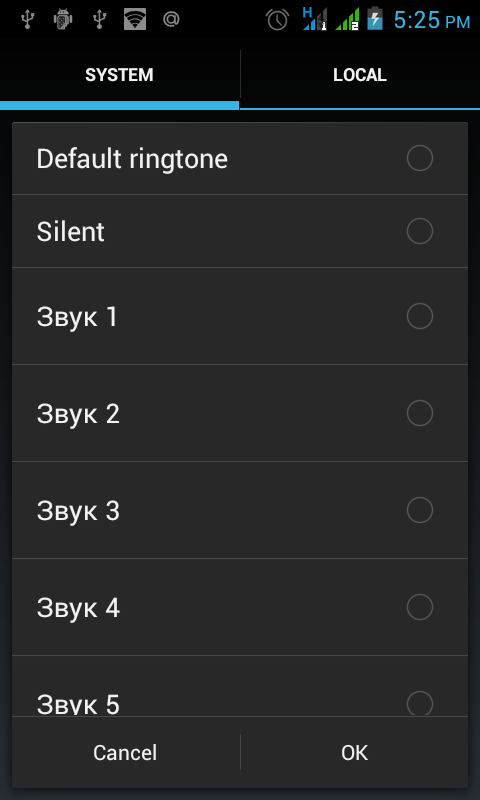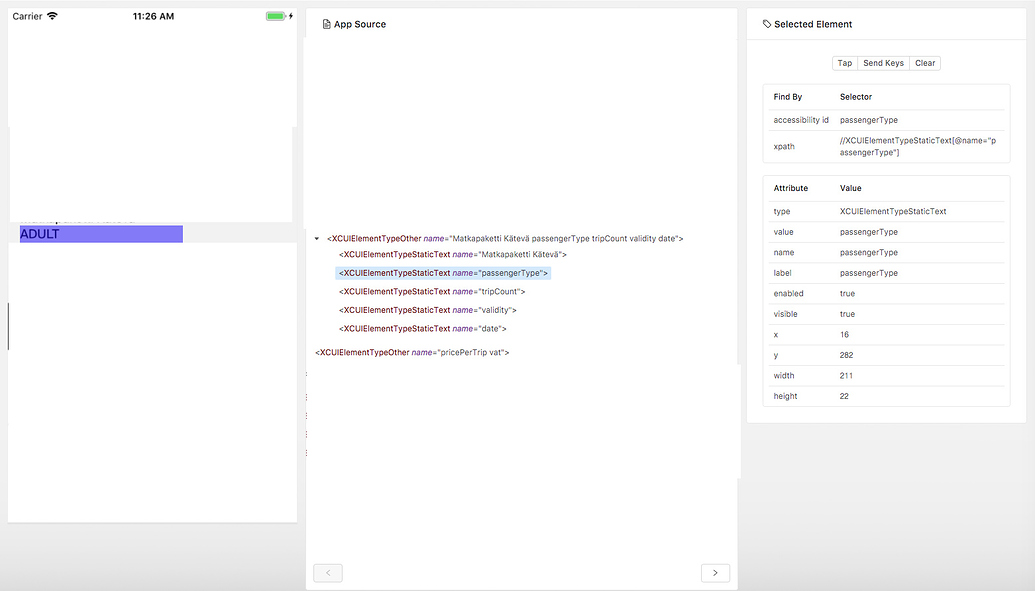
Returns a resource stream for a site-of-origin data file that is located at the specified Uri (see WPF Application Resource, Content, and Data Files). Retrieves a cookie for the location specified by a Uri. Returns a resource stream for a content data file that is located at the specified Uri (see WPF Application Resource, Content, and Data Files). Searches for a user interface (UI) resource, such as a Style or Brush, with the specified key, and throws an exception if the requested resource is not found (see XAML Resources).
#Application appcode references windows#
Gets the instantiated windows in an application.ĭetermines whether the calling thread has access to this DispatcherObject.ĭetermines whether the specified object is equal to the current object. Gets or sets a UI that is automatically shown when an application starts. Gets or sets the condition that causes the Shutdown() method to be called. Gets or sets a collection of application-scope resources, such as styles and brushes. Gets or sets the Assembly that provides the pack uniform resource identifiers (URIs) for resources in a WPF application. Gets a collection of application-scope properties.

Gets or sets the main window of the application. Gets the Dispatcher this DispatcherObject is associated with. Gets the Application object for the current AppDomain. Initializes a new instance of the Application class. However, XAML browser applications (XBAPs) require an Application object. If Application is implemented with markup, whether markup or markup and code-behind, the markup file must be configured as an Microsoft build engine (MSBuild) ApplicationDefinition item.Ī standalone application does not require an Application object it is possible to implement a custom static entry point method ( Main) that opens a window without creating an instance of Application. You can implement an Application using markup, markup and code-behind, or code. Consequently, only one instance of the Application class can be created per AppDomain.

Navigation: FragmentNavigation, LoadCompleted, Navigated, Navigating, NavigationProgress, NavigationStopped, NavigationFailed, SetCookie, GetCookie.Īpplication implements the singleton pattern to provide shared access to its window, property, and resource scope services.
#Application appcode references code#
Public partial class App : Application Īpplication is a class that encapsulates WPF application-specific functionality, including the following:Īpplication Lifetime: Activated, Current, Deactivated, DispatcherUnhandledException, Exit, Run, SessionEnding, Shutdown, ShutdownMode, Startup.Īpplication-Scope Window, Property, and Resource Management: FindResource, GetContentStream, GetResourceStream, LoadComponent, MainWindow, Properties, Resources, StartupUri, Windows.Ĭommand-Line Parameter and Exit Code Processing: Application.Startup, Application.Exit, Application.Shutdown. The following example shows how a standard application is defined using a combination of markup and code-behind. The following example shows how a standard application is defined using only code: using System The following example shows how a standard application is defined using only markup:


 0 kommentar(er)
0 kommentar(er)
